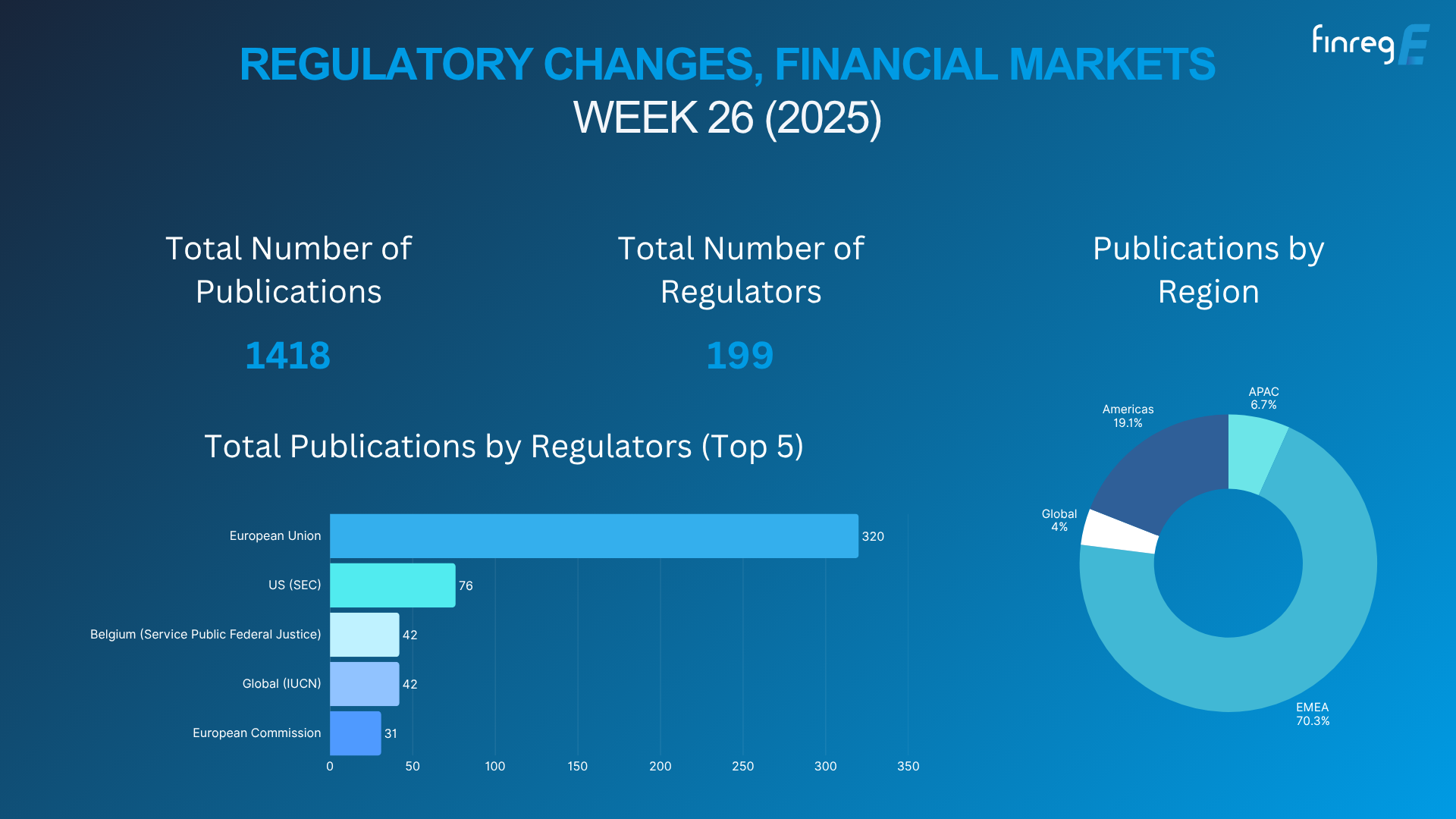Although the regulatory landscape across the finance industry is fraught with stringent and complex regulatory policies, the landscape doesn’t stay stagnant for too long; it is in constant flux, presenting new opportunities and challenges in equal measure.
As banks and other financial institutions adopt new technologies and unveil novel services at a rapid rate, regulatory bodies shift their policies and compliance requirements to protect other players in the industry, consumers and the wider economy.
Before the onset of the pandemic, these changes were well studied, reported and explained, but with the disruption we’ve experienced since then, it has overshadowed regulatory developments in this ecosystem.
In this post, we explore some of the more recent financial regulatory changes we’re seeing unfold and how they’re affecting global financial institutions.
The end of LIBOR
When the London InterBank Offered Rate or LIBOR was introduced, the intention was to establish a benchmark for transactions between banks.
While the interest rate benchmark has seen wide adoption in the UK and the US and has facilitated stable interbank transactions, recent probes into banks in both countries have found that traders have used LIBOR to manipulate interest rates for interbank transactions illegally.
Calls for significant reform to LIBOR have been made since the economic crisis of 2008; these findings have also led to the creation of alternatives to LIBOR such as SOFR, SONIA and ESTR.
SOFR—which was developed by the Alternative Recommended Rates Commission—in particular, has gained significant traction among banks. With the deadline for LIBOR fast approaching, the end of 2021, many banks have started to base their interbank lending rates on SOFR.
As banks begin or make this shift away from LIBOR, they need to reconsider their compliance requirements and align them with the rules of alternative benchmark interest rate systems.
The introduction of RRM in Europe
In 2016, the European Commission developed the Risk Reduction Measures package—a banking reform regulation to make the financial industry in Europe more stable and resilient.
Although developed in 2016, the RRM package was not approved by the European parliament until April 2019. With the reform package now approved, it introduces amendments to key regulations such as the Capital Requirements Regulation, Capital Requirement Directive, Bank Recovery and Resolution Directive, and the Single Resolution Mechanism Regulation.
The reform also introduced amendments to banking governance policies to optimise the existing framework by increasing emphasis on the finalisation of remuneration deliverables. It also introduced new guidelines to determine exposures due to derivatives, strengthening anti-money laundering and counter-terrorist financing rules and promoting reporting with enhanced proportionality.
These amendments mean all European banks governed by the EU need to realign their compliance management processes to ensure regulatory compliance.
Basel III
Basel III is a framework developed by the Basel Committee on Banking Supervision, which regulates bank capital adequacy and market liquidity risk. The regulatory framework looks to standardise the approach to credit risk by increasing risk sensitivity and the reliance on external ratings.
If the amendments proposed in the framework are implemented—the implementation date has been deferred to 2023—the right approach to credit risk will look much different with new exposure classes, differentiated risk weights, and modified conversion factors.
To ensure compliance with these regulations, European banks will need to commit to significant reforms across their compliance processes.
Regulatory changes brought on by Brexit
Although the UK has parted ways with the EU, financial regulations from the union are still expected to be implemented post-Brexit, at least under a different regime.
One such regulatory framework is the Markets in Financial Instruments Directive (MiFID), which aims to increase transparency in the finance industry. Unlike other EU member nations, however, the directive will be implemented according to the reference data provided by the ESMA, instead of the EU.
With the implementation of MiFID currently underway, financial institutions need to ensure that their transaction reporting processes conform to the reference data provided by the ESMA.
Preparedness is key to tackling the compliance requirements posed by emerging regulatory developments
The finance industry is currently facing a wave of regulatory changes that are causing strain on the compliance processes and systems of banks and other financial institutions.With no sign that this pace is slowing down and with the growing complexity of this landscape, companies will need to adopt more proactive compliance workflows to meet new requirements.





